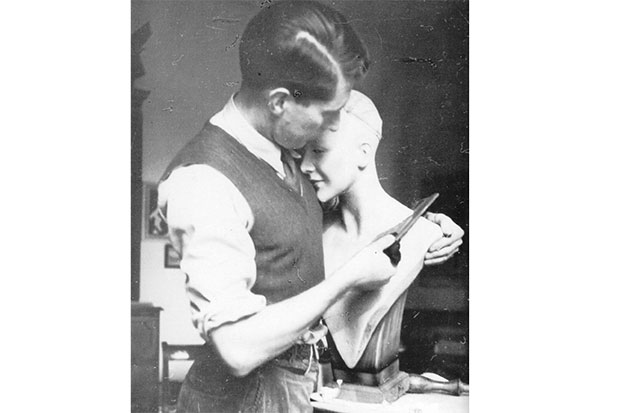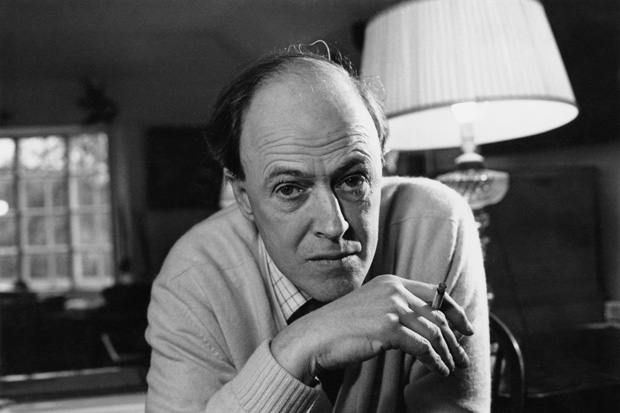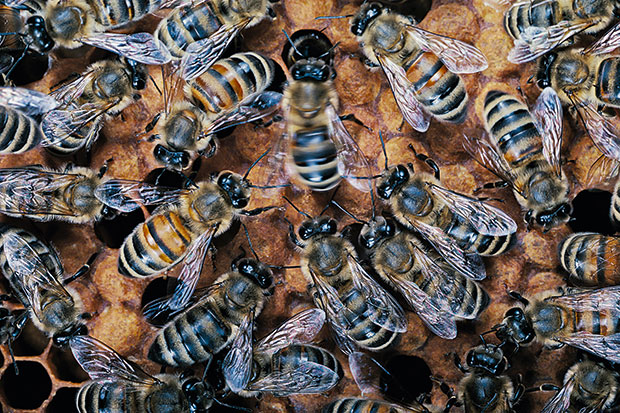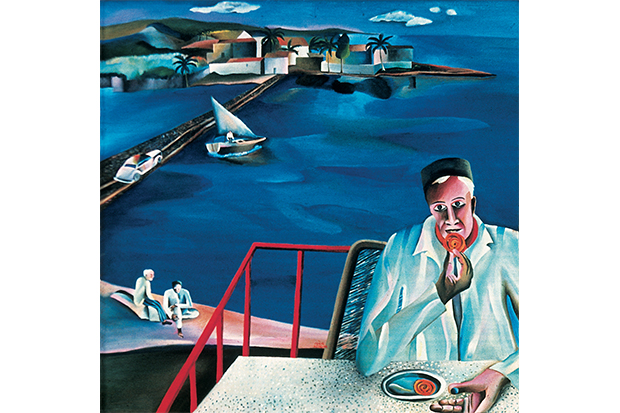Roland Penrose (1900–84) was a Surrealist painter and object-maker, a collector and art world grandee, a writer and organiser of exhibitions, co-founder of the Institute of Contemporary Arts (ICA) and biographer of Picasso. He amply illustrates Goethe’s dictum that we are rich at the price of our contradictions. Born a wealthy Quaker, Penrose rebelled and became an artist. He was deeply involved with the revolutionary practice of Surrealism but was also an establishment figure: a substantial landowner who accepted a knighthood for services to the arts. His private life was equally divided. His first marriage, to the poet Valentine Boue, was never consummated. His second and more famous wife was the photographer Lee Miller.
Roland and Lee had an open relationship and, in the early years, happily told each other of their lovers. Later, when Miller began to drink heavily and lost her mesmeric good looks, she felt threatened by Roland’s continued infidelities. Roland, despite his genuine love for Lee, carried on having affairs, notably with the circus acrobat Diane Deriaz, who also entranced (among others) Lawrence Durrell. Penrose the art-world mover was dedicated to advancing the careers of others, but did he take refuge in this activity because it was less challenging than being an artist himself? Certainly, he stopped making art in order to be a writer (though he had little natural talent for it), and specifically to write the biography of his hero, Picasso.
He also spent much time curating exhibitions by his friends Max Ernst, Miró and Man Ray, as well as Picasso. He owned some marvellous paintings by these artists, but he has been accused of becoming a ready-made collector by purchasing his friend Paul Eluard’s collection and not using his own taste and discrimination. Other contradictions include the theory that he was homoerotically involved with Picasso, that old fascinator, despite his manifest love of women.
As so often, sex is used here to butter up the text: an early homosexual relationship at Cambridge between Penrose and Dadie Rylands; Valentine’s lesbianism; Surrealist orgies; various affairs, and finally the slim evidence for Roland’s supposed sexual desire for Picasso. (Two poetic texts written by Roland are adduced, quoted very selectively, before King states categorically: ‘It is clear RP was sexually attracted to Picasso.’ Not proven, my Lord.)
King’s book is in many respects highly unsatisfactory. He investigates Penrose’s art only in the most rudimentary way, and this after stating that his subject was ‘one of the great English-born practitioners of Modernism in the 20th century’. The text is thin and repetitive, and King lays out his meagre wares in the preface (which reads like a publisher’s synopsis), thus spoiling any sense of discovery in the book’s narrative. The style is unsubtle, cliché-ridden and clunky. When there’s no documentation available, he speculates rather too freely, but once he gets hold of actual letters he tends to quote them interminably — as if they were nuggets of golden insight, which they invariably aren’t.
The life and loves of Roland Penrose, not forgetting his art, is a splendid subject for in-depth examination. Unfortunately, we don’t get it in this book. King is an American-born academic now resident in Ontario. He has written lives of Paul Nash and Herbert Read, both of which I found useful, though of limited interest. He has the unfortunate habit of dropping into his text compact biographies of other people, which interrupts the flow. Much of this information is unnecessary, but if included, needs to be thoroughly integrated.
After I’d finished reading this book, I took down from my shelves Roland Penrose’s own Scrapbook (1981) and Tony Penrose’s memoir of his father, The Friendly Surrealist (2001). Both have more authority, authenticity and appeal than King’s work, which in fact relies very heavily on these two previous accounts. Roland Penrose’s career, as artist and impresario, encapsulated several aspects of Modernism in England and his life touched a great many. He deserves a really good biographer, of the calibre of Hilary Spurling, John Richardson or Fiona McCarthy, who could take his story and use it to illuminate and reveal the English art world of the mid-20th century. That would be a book worth waiting for.
The post The artist as lover appeared first on The Spectator.
Got something to add? Join the discussion and comment below.
Get 10 issues for just $10
Subscribe to The Spectator Australia today for the next 10 magazine issues, plus full online access, for just $10.
You might disagree with half of it, but you’ll enjoy reading all of it. Try your first month for free, then just $2 a week for the remainder of your first year.














Comments
Don't miss out
Join the conversation with other Spectator Australia readers. Subscribe to leave a comment.
SUBSCRIBEAlready a subscriber? Log in